Practical tips for traveling to Dali during the summer vacation| How can foreigners play Dali? Three "cultural" scenic spots must visit
Many people go to Dali, most of them are the ancient city where cultural and green people gather, the Erhai Lake with rippling blue waves under the blue sky, and the green and dripping Cangshan Mountain in the scorching summer... Attracted by.
However, there are also some people who come to the Three Towers of Chongsheng Temple to experience the mysterious and legendary historical relics; to go to the Bai Garden to experience the strongest Bai culture; to go to Huadi Spring to see the romantic love that was once so much longing for.
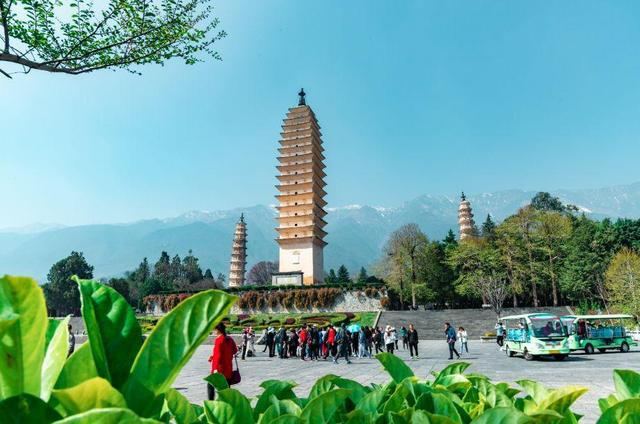

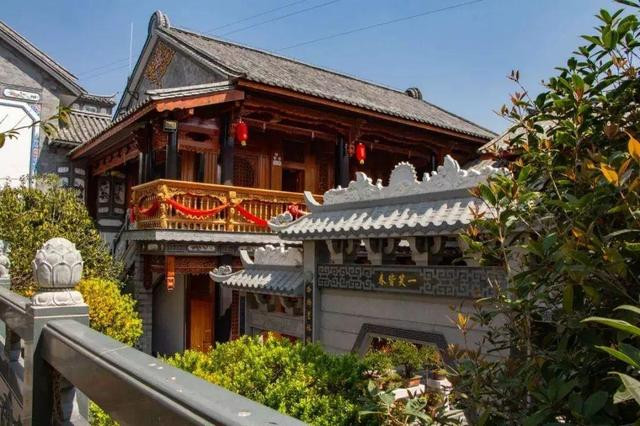
I have been to Dali many times, and it's time to change the game. This time, I will take you to play "cultural" Dali!
Buddhist culture: Three pagodas of Chongsheng TempleSpeaking of Dali's Buddhist culture, the three pagodas of Chongsheng Temple are definitely one of the most representative attractions.

Let's first talk about the three-tower area in the front area. The three towers are located at the confluence point of Cangshan and Erhai Lake. They are majestic along the winding peaks of Cangshan and the vastness of the Erhai Lake. They are a grand sight in southern China and a long-standing pagoda building in Yunnan and even southern China.

The status of the three pagodas in Dali is like Tiananmen Square in Beijing, the Big and Small Wild Goose Pagoda in Xi'an, the Potala Palace in Xizang, the Jiaxiu Tower in Guiyang, and the Wuting Bridge in Yangzhou.
Dali people often say: "If you don't visit the three pagodas in Dali, you won't be considered visiting Dali"! You can imagine the weight of this.
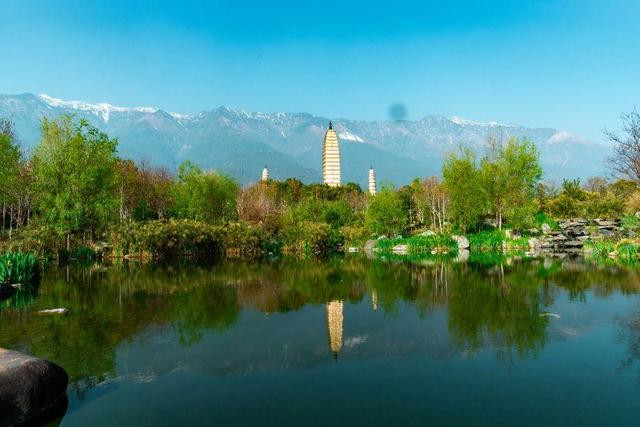

Moreover, during the careful maintenance of the Chihiro Tower, the researchers also cleared out more than 680 pieces of cultural relics such as Buddha statues and written scriptures from the Nanzhao and Dali periods on the top of the tower.


This is the richest and most important batch of cultural relics discovered so far from the Nanzhao and Dali Dynasties. One of the gold statues weighs 1135 grams and is 0.24 meters high.
In addition, there are copper inscriptions, Buddhist scriptures, various bronze mirrors, and various medicines, which provide valuable data for studying the history, religion, and culture of the Nanzhao and Dali periods. (Some unearthed cultural relics can be visited at the Santa Cultural Relics Exhibition Hall)


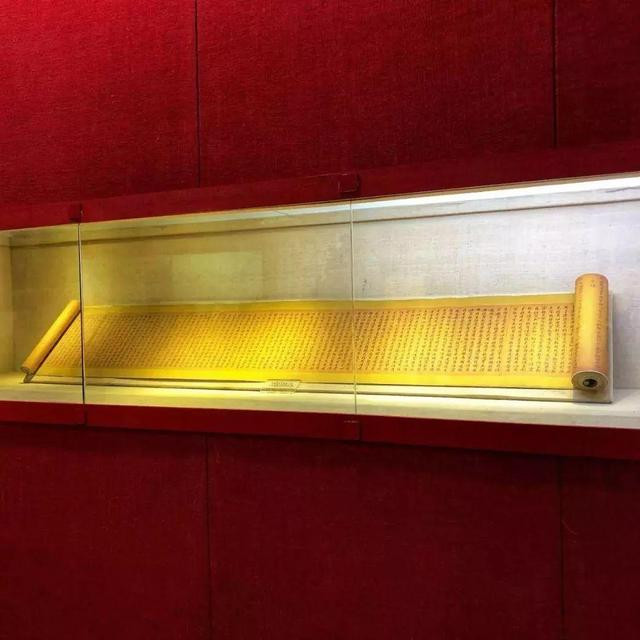
This is one of the reasons why the three pagodas have such a high status in Dali.
In addition to the three pagodas in the front area, there are also Nanzhao Jianji Bell and Rain Copper Guanyin Statue.
Xu Xiake, a geographer of the Ming Dynasty, recorded in "Diary of Travel to Yunnan":"The first three pagodas stand... On all sides of the tower are tall pines, and in the west it enters from the mountain gate. There are bell towers and three towers facing each other, making it extremely majestic. There is a clock in the building. It is extremely large, with a diameter of more than ten feet and a foot thick. It was cast during the period of Mengshi (Nanzhao), and its sound can be heard for eighty miles. Behind it is the main hall, with monuments listed behind the hall... Later, there was the Rain Copper Guanyin, a statue cast of copper and more than three feet high... From then on, it was the Pure Land Temple, etc."


The big bell and Yutong Guanyin statue described in the article were both destroyed in the turmoil. The Nanzhao Jianji Bell and Yutong Guanyin statue we see today were recast and reshaped on the original site respectively.
Let's talk about Chongsheng Temple in the back area. Chongsheng Temple was built during the Nanzhao period and expanded through successive dynasties, reaching its peak during the "Dali State" period in the Song Dynasty.

According to records in "Nanzhao Yeshi", Chongsheng Temple has a base of seven miles, more than a hundred acres on three weeks, with 890 houses, 11,400 Buddhas, and 4,550 bushels of copper."It has a scale of" three pavilions, seventh floors, nine halls, and hundreds of mansions ".

Among the twenty-second generations of kings of Dali State, nine became monks in Chongsheng Temple. Unfortunately, such a large-scale temple was destroyed in the turmoil.
In 937 AD, Duan Siping overthrew Dayi Ningguo and established Dali State. It lasted for 316 years and was passed down for 22 generations. In 1253, Kublai Khan, the Yuan Shizu, led an army of 100,000, and divided his troops into three routes to attack Dali State.
After failing to persuade him to surrender, he marched into Longshou Pass. From then on, the Dali Kingdom fell. The Yuan soldiers burned Chongsheng Temple and all temples and houses were burned. Only the three pagodas survived.
Although today's Chongsheng Temple was restored and rebuilt in 2005, the architectural scale and style have basically been preserved as it was, and it is even more magnificent and exquisite than the original.

Xizhou Ancient Town is a must-check point for many people when they come to Dali, and there is no need to repeat it any more.

When Mr. Lao She came to Dali, he once described Xizhou Ancient Town like this: "Xizhou Town is a miracle. I can't remember seeing such a decent town in any remote place abroad. Entering the town is like visiting Cambridge in England. There are running water everywhere along the street... The streets are neat and there are many shops. With the library, there is a marble archway in front of the library, with gold inscriptions and a police station. The deep courtyard like a royal palace is full of carved beams and painted columns, and there are many ancestral halls. They are also resplendent..."


Once upon a time, Xizhou still had the reputation of "Little Shanghai" and "Little Hong Kong".
However, most people only know Xizhou Ancient Town, but they don't know that Xizhou Ancient Town still hides such a "special" garden-the Bai Nationality Garden.

The Bai Nationality Garden consists of Xia Yiqian, Zhizudian, Tianlong Garden, Cangbao Pavilion, Bai Nationality Song and Dance Performing Hall, Daxi Imperial Banquet and Central Waterscape Area.

Walking into the garden, ancient buildings stand up. There are white walls and blue tiles that are customary in Dali Bai folk houses, decorated with colorful landscape paintings, coupled with flying eaves and angled corners, and exquisite wood carvings. Such a building is like a work of art, making people unable to take their eyes off.

In addition to the traditional Bai folk houses, there are also exquisite wooden buildings in the garden, with complex patterns, unique designs, and red silk ribbons, which look very harmonious. The Bai people's wedding customs are staged here, wearing sunglasses, pinching the bride, and spreading peppers. It is very lively.

In addition to architecture and marriage customs culture, in the Bai courtyard, you can also have close contact with handicraft culture such as silverware making, wood carving, and tie-dyeing, and gain a deeper understanding of the art of life of the Bai people in Dali.

After reading Buddhist culture and national culture, the next step is Dali's love culture. When it comes to Dali's love culture, one has to mention Dali Butterfly Spring.

Dali Butterfly Spring, a spring symbolizing loyal love. Located at the foot of Yunnong Peak in Diancang Mountain, Dali, it looks like a transparent gem inlaid in the shade.


Here, the spring water is gurgling, ancient trees are tall, the flowers are fragrant and butterflies are flying, and the air is fresh and pleasant. Being here seems to be far away from the noise and noise of the world, making people fully feel the purity and lofty nature.


In such an environment, romantic love stories seem easy to stage.
Whether it is the tragic love between Gu Wen and Xialang that has been passed down from a long time ago, or the romance of lovers eventually getting married in the movie "Five Golden Flowers", they have laid the foundation for Huadian Spring to become the "love capital" in the hearts of the people of Dali.

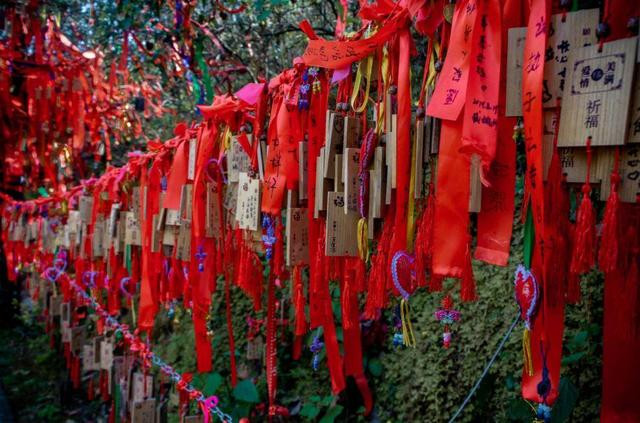
In 2004, world-famous violinist Sheng Zhongzhou and his beloved wife traveled all the way to Huadian Spring and realized their long-cherished wish. In this world where love and butterflies are perfectly combined, they affectionately interpreted the crystallization of their music career-"Butterfly Lovers".

Here is a place where love is sworn to death, and Dali people's ideal love is loyalty and one person for a lifetime.
[Editor] Reading Yunnan-Jiuqing City
[Remarks] Please indicate the source for reprinting this article. The pictures are prohibited for commercial use without permission. Some pictures come from the Internet. If there is any infringement, please contact to delete them.
Previous Article:The last undisturbed ancient Nanzhao tribe in Dali Prefecture!
Next Article:The legacy of the horse gang
